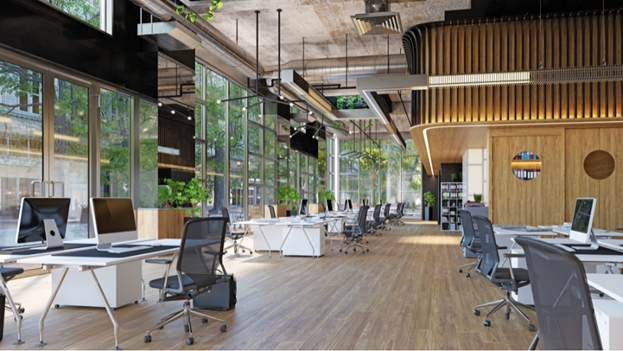
Most businesses invest in a variety of different hardware and software solutions to help drive their operations. Although some of these investments can be quite costly, especially for smaller businesses with limited resources, they’re often essential for maximizing productivity and efficiency.
Unfortunately, though, from time to time, hardware breakdowns can occur and put added financial stress on organizations. When managing an extensive on-premise infrastructure, it’s essential to ensure you’re maximizing the lifespan of all of your hardware assets and getting the best returns out of your IT investments.
Below are some helpful tech tips you can follow to help extend the life of your hardware and reduce your unexpected business expenses.
Most IT hardware, especially computers, printers, switchboards, and rack servers, make use of cooling fans to operate efficiently. These fans quickly collect dust particles from the air that can accumulate on components and cause them to malfunction.
It’s important to check and clean your office hardware regularly. For added safety, turn off any electrical components before dusting lightly with a dry cloth underneath and behind the unit. In the event that your hardware has accumulated a large amount of dust that has settled on the surface of exhaust fans, using a short burst of compressed air is an effective way of cleaning it without using any damaging chemicals.

One of the most common reasons why hardware fails over time is overheating. Cooling is an important aspect of most hardware configurations. If cooling starts to be compromised over time, excess heat will quickly begin damaging components, loosening solder points and lowering the unit’s lifespan.
To maximize your hardware’s cooling performance, be sure not to block the vents or exhaust ports on your devices. Avoid stacking your hardware on top of one another or putting them in confined spaces without adequate airflow. You should also be aware of the ambient temperature of the room in which they are stored. Depending on the hardware’s performance capabilities, it could be a smart idea to invest in cooling pads or external fans that can support the hardware to help reduce its operating temperature.
From time to time, your hardware will likely receive optional updates that can be downloaded and installed. These updates can be for a wide range of applications, but typically, they’re designed to improve performance or introduce new useful features.
Keeping your software up-to-date is crucial for maximizing your hardware’s operating efficiency and extending its lifespan. Many software updates are specifically designed by manufacturers to enhance resource utilization and prevent long-term compatibility issues with other devices. To simplify this process, we recommend enabling automatic updates. This way, you won’t have to remember to check for and install updates manually—they’ll be taken care of for you as soon as they become available.

While you can take proactive steps to improve the lifespan of your hardware, on occasion, some components will eventually become obsolete or need to be replaced. However, rather than purchasing completely new hardware, in many cases, you can make strategic upgrades that offer a much more cost-effective solution.
For example, computer replacements are one of the most common IT expenses that businesses have. The great thing about desktop applications is that they’re highly upgradeable and can be modified over time without having to purchase a completely new unit. Depending on your performance needs, you could consider simply replacing or upgrading RAM, hard drives, graphics cards, monitors, or peripherals as needed.
The way you use your hardware can have a bearing on how much life you can expect from it. Because of this, it’s important to follow best operating practices as instructed by manufacturers.
Some of these instructions include how to minimize wear and tear on devices and avoid internal or external damage. For example, shutting down computers or devices properly rather than cutting power or making sure devices are connected to surge protectors is an easy way to minimize potential damage to the unit.
It’s also important to make sure employees are adequately trained on how to use the hardware appropriately and follow all safety instructions when operating it.
Even with the most diligent care and regular maintenance schedules, some of your office hardware will eventually reach a point where it’s no longer viable. Being able to recognize the telltale signs can save you from the frustration of dealing with outdated equipment and prevent unnecessary expenses on repairs that offer only temporary solutions.
Below are some common indicators that may mean it’s time to invest in new hardware:
As a growing business, it’s important that you maximize the value of any investments you make on the success of your organization. However, a large part of this effort is knowing where and when to make improvements in your IT infrastructure.
At LDD Consulting, we have extensive experience in helping businesses make the right decisions when it comes to structuring their operations and investing in the right IT solutions. Contact us today for a free consultation and see how we can help you save time and money when purchasing and maintaining your office hardware.